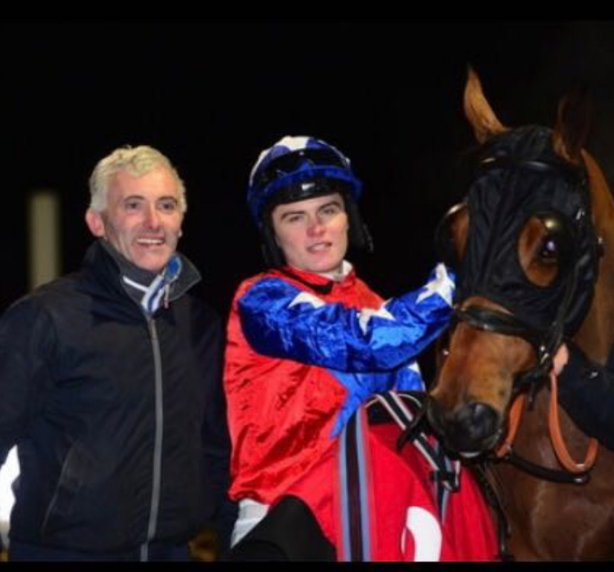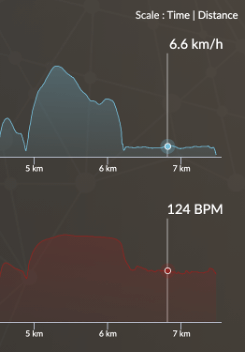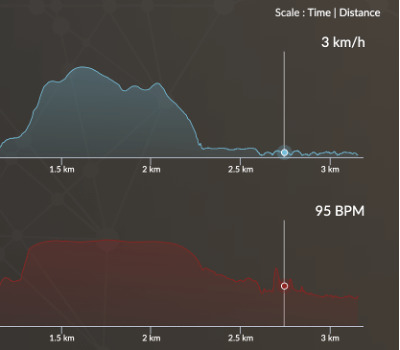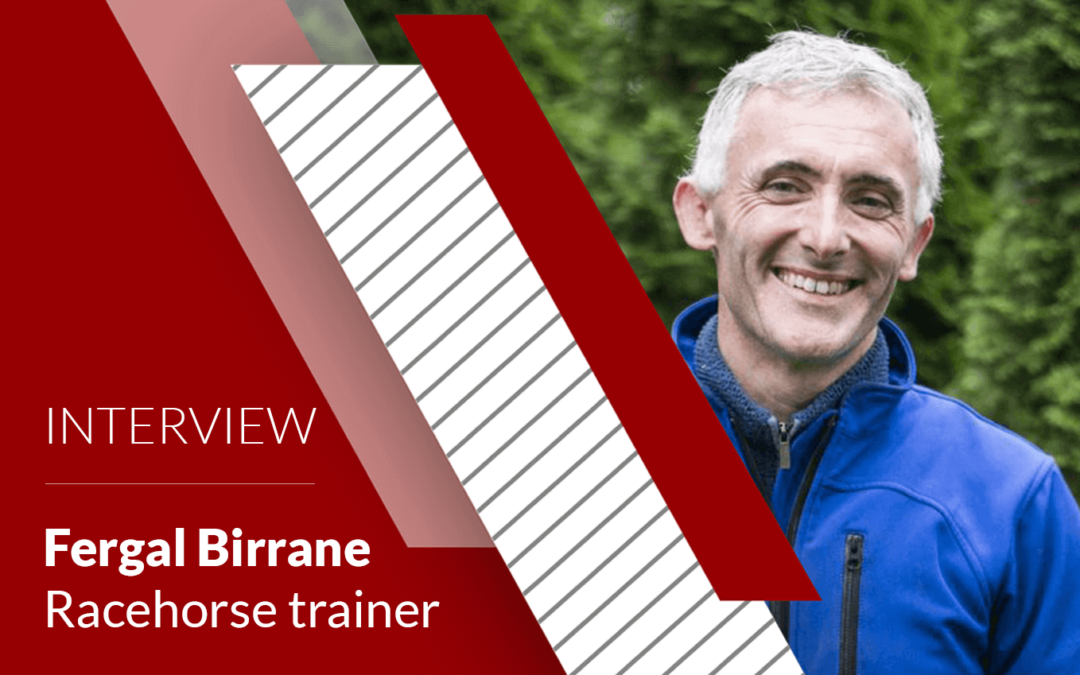Fergal Birrane is a racehorse trainer in Killala, on the west coast of Ireland. Equimetre User since 2020, he told us more about his experience and journey of data collection and analysis.
“I have horses that raced in the past few weeks, and I can tell that the Arioneo told us that their performances were getting better thanks to the data evolution. One horse was second last week, and I knew at home that the horse would race very well thanks to the Equimetre.”
Do you have horses racing in the next few days?
Yes, I have a two-year-old to race in the next week. He finished 5th in his last, so hopefully he will improve on that in his next race in Dundalk. I also have a horse called Boastie, he has been placed in his last four runs over 1 mile and now I’m going to put him up in distance to 1m 3 f. Hopefully the pace will suit him better

How does data collection fit into this preparation, your decision-making, your commitments?
I find the Arioneo and the data very good. It’s giving back some great information about your horse’s training. If there is any problem or injury, you will know it that way. I have only one unit, but I work my horses singularly, a bit like the American. I like to vary the work of my horses so that I would run them on different types of tracks, different slopes variations, and I find the data feedbacks very good.
Do you see some differences in the data when you run your horse on different types of grounds?
Yes, I’ve seen some huge differences! We have our local beach, which has soft sands, and we see a decrease in the speed data as they go slower, but the pressure on their heart would nearly double. I’ve found that thanks to the EQUIMETRE. The beach changes every day, so you have different types of sands. I use the device to tell me if I’m doing too much or too little work. You know, sometimes I might do too much as the sand is too soft. Then I must back off the next few days to ensure my horses’ health. It prevents you from causing an injury.
How do you see on the data if your horses are trained too much or not?
Usually, I would see it on the heartbeat recordings, the recovery would be slower and the horses would be in anaerobic respiration for a higher percentage of the time working.
What was the driving factor that led you to collect data on your horses?
The main thing for me was that the surface changed every day as I was training on the beach. So, my problem was that some days I knew that my horses were stressed after a piece of work, sometimes the horses were fresh at the beginning of the week, and they wanted to do too much work even if you asked the jockey to take it easy. That was my main reason to get the heartbeat monitor to give me information about the level of work my horses were doing on the beach surface. Successful trainers are using heartbeat monitors too and I thought it would
Do you share the data with your owners?
I find it better to show it to my staff, to the riders. With the data, they can understand whether they are doing too much or too little work, thanks to the speed and heart rate data. They can complete their feelings with the collected data. It gives them guidelines on their pace.
For example, today we have a very good 2yo, by Pride of Dubai. The rider wanted to see how fast he was going, so I sent the PDF report.
I have horses that raced in the past few weeks, and I can tell that the Arioneo told us that their performances were getting better thanks to the data evolution. One horse was second last week, and I knew at home that the horse would race very well thanks to the Equimetre.
Do you have an example of a horse whose data has improved over time and training?
Boastie really improved. At the end of his work, we found that he would stay up at the same pace at the end of the exercise. We put a tongue tie to get more air into his lungs, and it worked, his speed performance improved!
Have you seen the difference between before and after the tongue tie on the data?
Yes, we did! Just to put a tongue tie on, it really helped him breathe better. He will race shortly.

Before the tongue-tie
The heart rate curve stays at a high level after the effort, around 124 BPM.

After the tongue-tie
The heart rate curve decreases as the speed decreases. This shows a great improvement in his recovery capacity.
At the moment, how do you choose which horses to monitor?
I usually put it on the horse that will race soon during fast work.
How do you see the future of horse racing?
I think the technological advances will mean that horse racing will become even more finely tuned and competitive. The advances in science will leave no unexplored territory and the racehorse’s ability to run unexamined. Therefore, equine athletes will be ultra-competitive and brilliant. The old methods will become confined to the history books and the modern-day methods will be norm.
Do you have something to add?
I find the Arioneo monitor extremely beneficial once you start to use and understand the data collection. It becomes a must have tool of the trade. It gives you accurate information that otherwise you would only be guessing. Also it can give information about bleeders and horse’s with heart problems showing anomalies in the data which can lead you to further analysis and investigation from the yard vet. I think every trainer should have a device to get accurate information from their trainings.
Keywords: equimetre testimonials, user experience, heart rate monitor, horse data science



